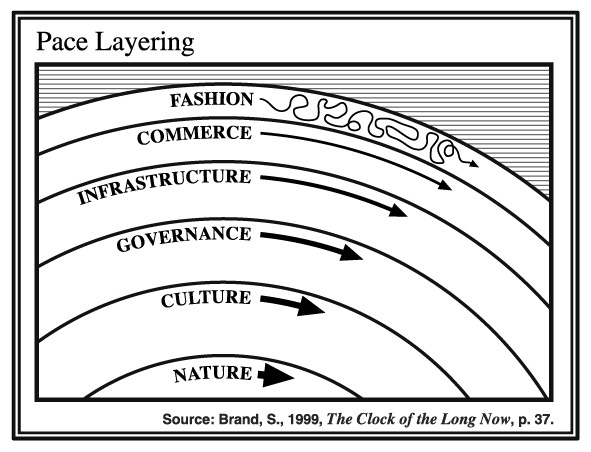Outward notes, inward notes
I find that I interact with notes in two distinct ways: inward and outward. To unpack what I mean, here are two scenarios:
Scenario 1 (Outward): I see a conversation on Twitter and it reminds me of a quote. I search my notes, find the quote and respond.
Scenario 2 (Inward): I see an idea on Twitter and it reminds me of an evergreen topic that I’ve been developing. I search for the evergreen topic, or create a new note. Perhaps I copy the text of the tweet, or write down the gist in my own words. While I’m there, I link it up with a few other related notes, ask how this new idea supports or disconfirms my ideas, and perhaps do some refactoring.
Both of these scenarios involve searching through my notes, yet they have very different directionalities.
Outward is a conversation between myself and others.
Inward is a conversation between myself and myself over time.
Outward is in the moment.
Inward is long-term.
Outward is part of an ephemeral interaction.
Inward accumulates a durable body of work.
Outward relates my thoughts to others’ ideas.
Inward relates others’ ideas to my thoughts.
Perhaps another way to see this is through the lens of Pace Layering.
Creative work is not a linear process. It’s recursive. Still, among the tangled feedback loops of creative work, we can discern multiple levels of creative development and durability. If we wanted to see this through the lens of pace layering, what might a pace layering diagram look like for note taking? Perhaps something like…
Stray conversations and thoughts (Generate)
Scrap notes (Capture)
Rough collections (Organize)
Evergreen notes (Synthesize)
Creative artifacts (Share)
Notes at higher pace layers undergo more churn, as they are added, edited, removed, reworked. As notes develop weight and sink deeper into the layers, the artifact becomes more durable and undergoes a slower rate of change. The broad strokes have been established, and each edit and addition tends to refine or elaborate on that established content.
Inward interactions pull notes in faster pace layers down into slower, more permanent pace layers.
Outward interactions pull ideas up from slower pace layers, and lob them into the stream of faster pace layers.
The result of outward interactions is generative conversations. The eventual result of inward interaction is creative artifacts.
Traditional card-based thinking systems, such as Zettelkasten, are good at inward-facing note-taking. They absorb new information by relating it it to other information in the index. The result is an emergent artifact, in the form of a stack of ordered index cards.
On the other hand, these card-based systems are not very good at outward interactions. You can quickly find a topic, but it is often difficult to pull up a specific card without some digging. This is just a limitation of paper and manual indexing.
One clever thing Zettelkasten does is to lean into this limitation to close a feedback loop. Rifling through old notes, you stumble upon things you had forgotten about, sparking new ideas, which you then have to file, causing you to rifle through again, sparking more ideas… in a generative flywheel.
Outward-facing interactions can be useful, but I am particularly motivated to create a generative space for inward-facing note-taking, because it gently directs energy toward tending and watering a durable body of work.
Stray books and links:
Project Gemini: a new internet protocol that is “heavier than Gopher, but lighter than the web”.
Systems Generating Systems, Christopher Alexander (1968). I find myself returning to this paper over and over again, as I think through the details of designing this new open-ended ecosystem.
Weaving the Web, Tim Berners-Lee (1999). The web began as a tool for thought. This book is a bit chatty, but there are a lot of interesting historical notes that hint at the evolutionary paths the web could have taken, but didn’t.
I'm building a new tool for thought. I have a general sense of the direction I’m traveling, but I will be as surprised as you are at what I discover along the way. I'm posting these little emails as trail markers, every week or so. I share updates, ideas, design patterns, and snippets of books and papers.




